A guide to the major players in today’s high-tech goggle market
Microsoft surprised the world yesterday by revealing a new virtual-reality headset at an event meant to show off the capabilities of its upcoming Windows 10 operating system.
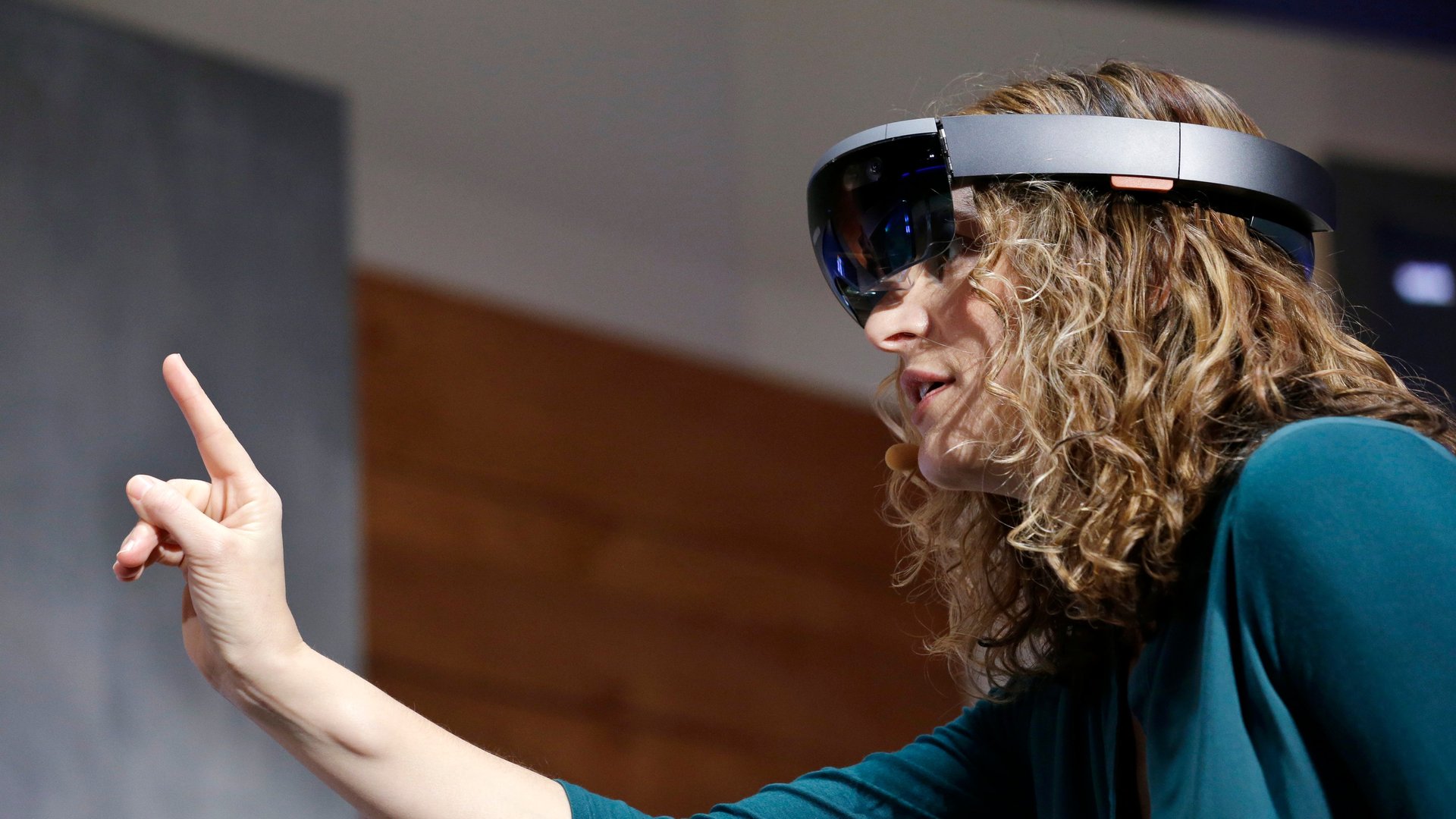

Microsoft surprised the world yesterday by revealing a new virtual-reality headset at an event meant to show off the capabilities of its upcoming Windows 10 operating system.
The HoloLens, as the device is called, is a standalone head-worn display that allows people to interact with computer programs using gestures and voice commands.
High-tech goggles are still very much a novelty, but the marketplace is getting more crowded, and offerings are broader than just Google Glass and Oculus Rift. Here’s a roundup of the major players and what they have to offer.

Judging by its initial reception, Oculus—the Kickstarter blockbuster campaign-cum-$2 billion Facebook acquisition—is poised to become the leading virtual-reality platform. It’s possible Facebook’s bet on VR could ultimately help it enter the Chinese market (paywall), where much of the social network is blocked.
More than 100,000 developer units have been shipped thus far, but CEO Mark Zuckerberg says it’ll have to sell 50 million to 100 million units “before it becomes a meaningful platform,” something he notes will “take a bunch of years.”
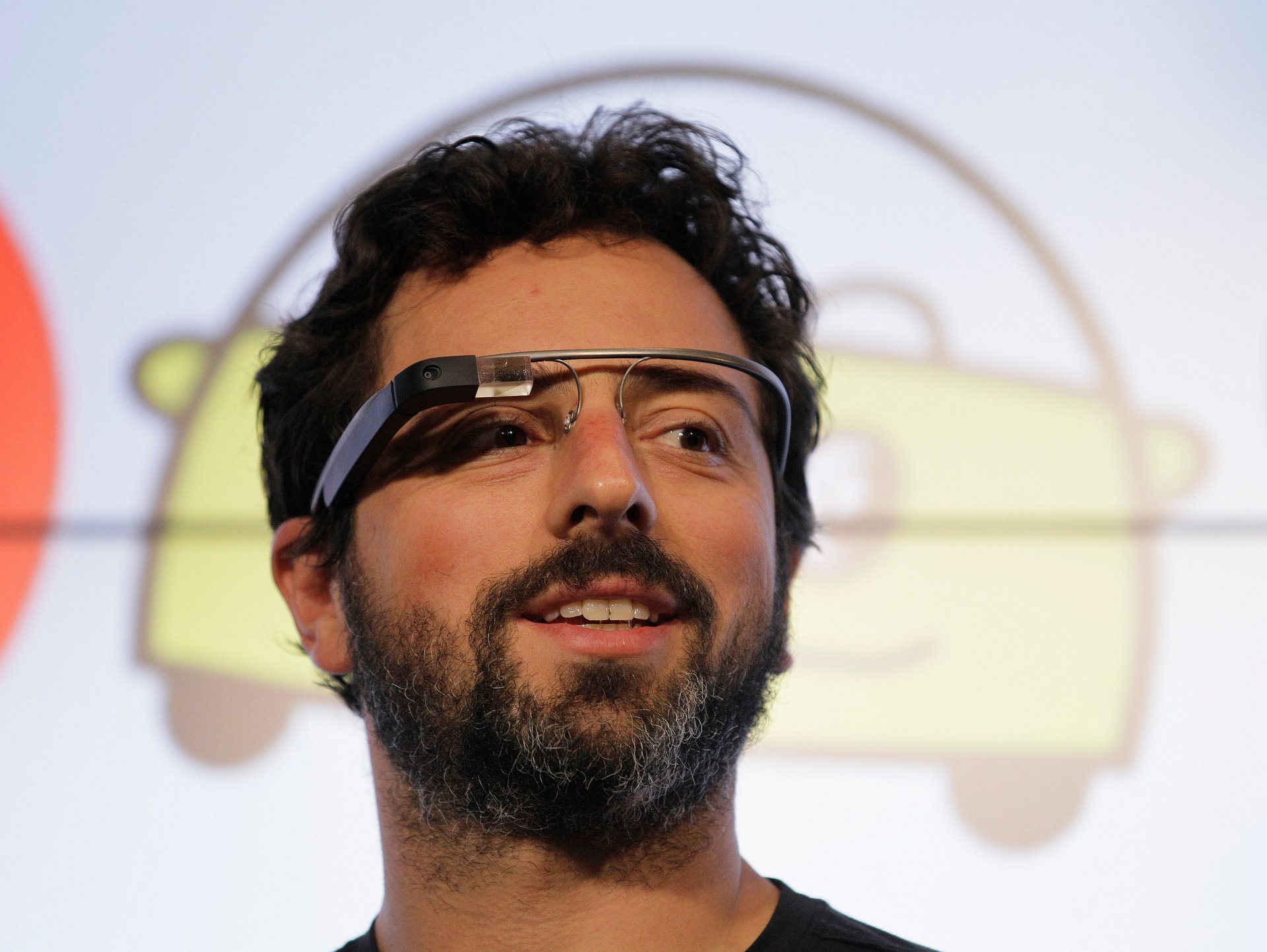
Last week, Google said it’ll stop selling Glass through its Explorer program—news some took as a sign of its failure. Though Google remains committed to its off-the-wall experiments, it’s questionable whether Glass can succeed in the consumer market, especially with developers (including Twitter) abandoning their projects for the platform.
But it’s a different story for the enterprise market: More workforces—from hospitals to police departments—are exploring the technology, and Google said it’ll continue selling units to businesses.
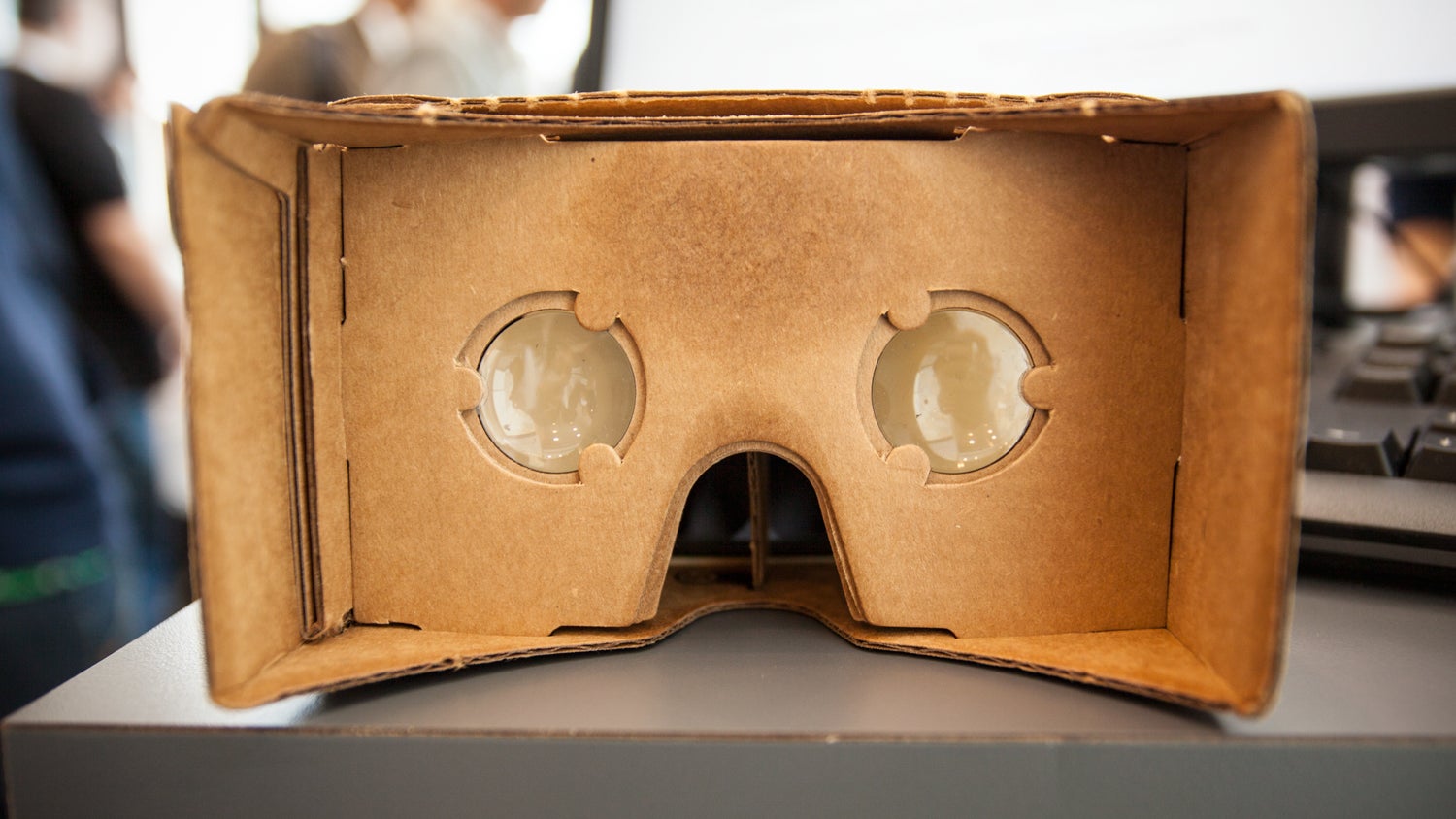
But that’s not all. At its I/O developer conference last summer, Google showed off a proudly lo-fi virtual-reality headset. Powered by an Android phone, Google Cardboard could be a way to bring virtual reality to the masses. It could also be a way to entice developers to build a library of VR content for Android.
Baidu
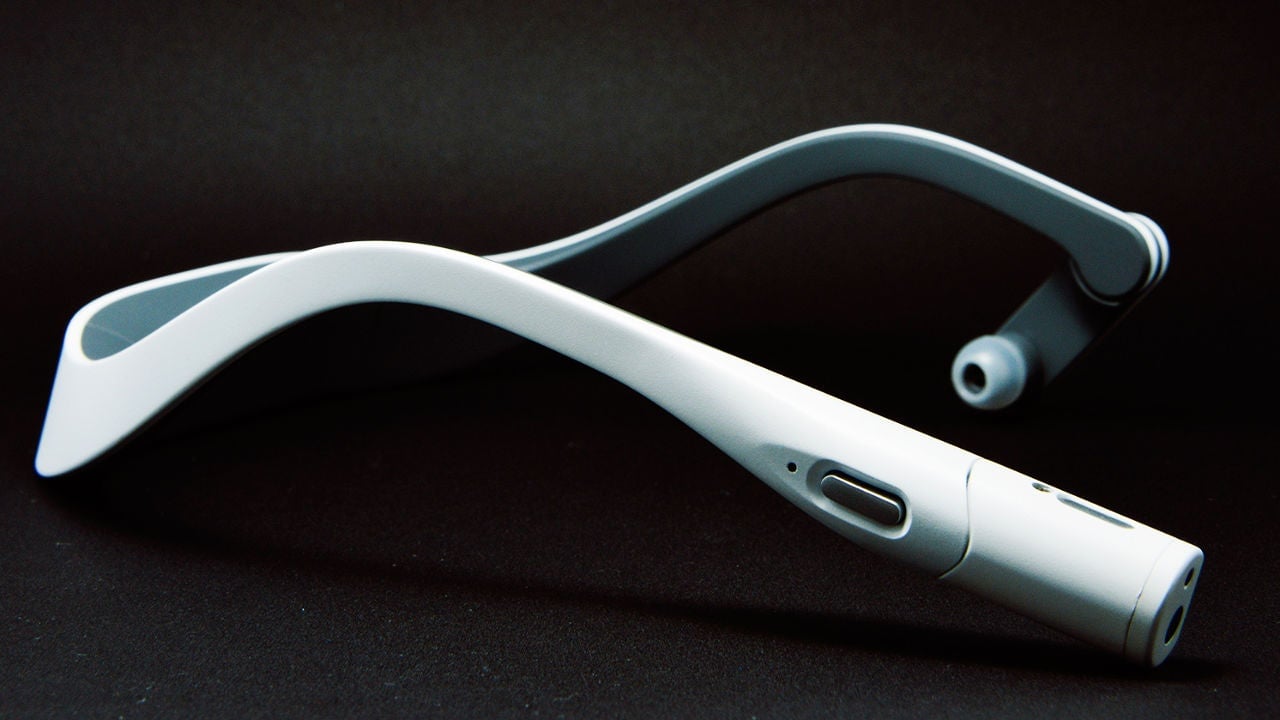
Not willing to sit on the sidelines, Baidu also has an answer to Google Glass. Though it forgoes a display in favor of longer battery life (and thus isn’t technically considered goggles), Baidu Eye is equipped with a camera and earpiece. The device, which relies on voice and gesture commands, uses its camera to recognize objects, a feature that spells opportunity for online shopping. Details, including price, availability, and release date, remain unknown.
Microsoft
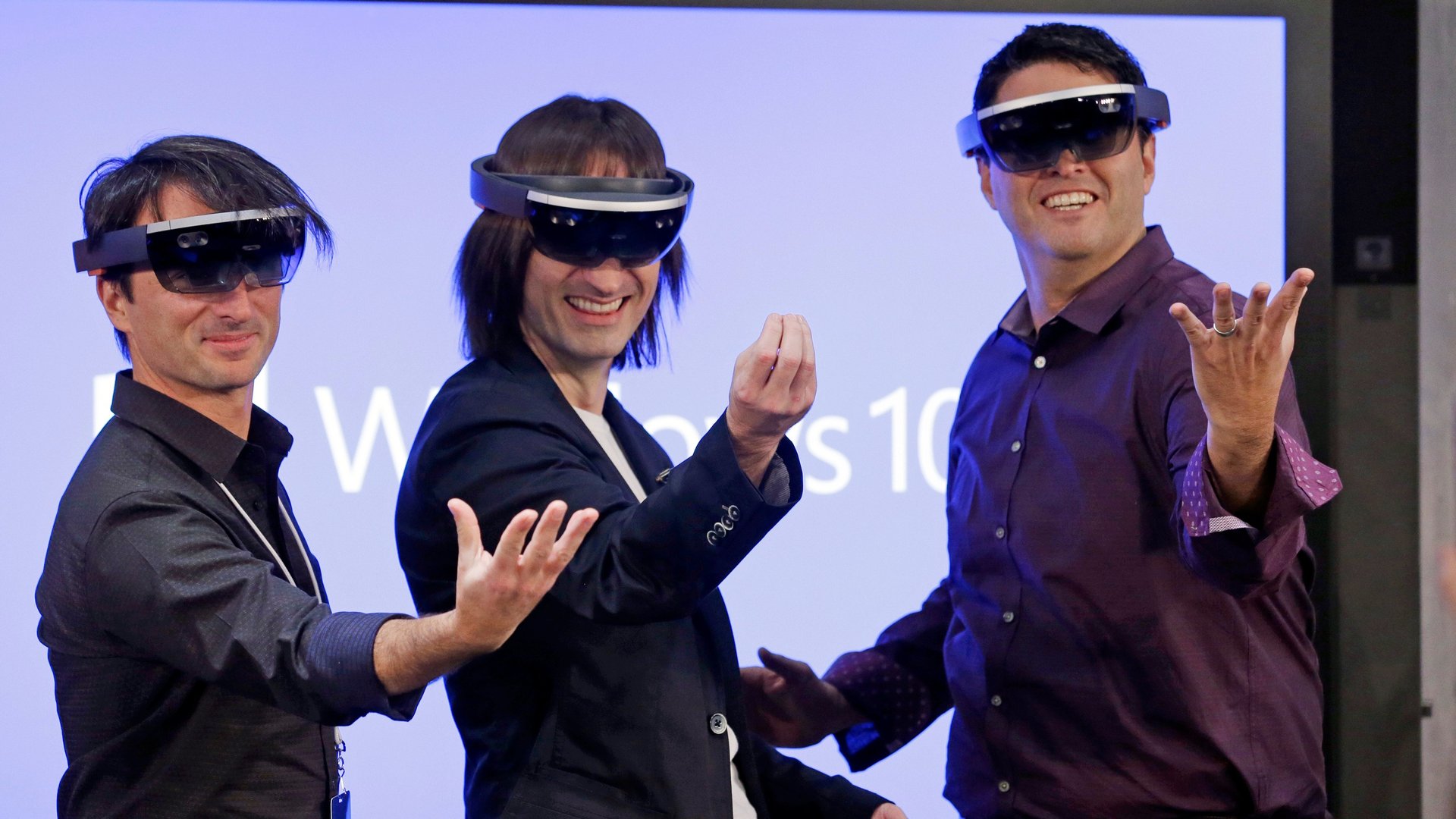
The Redmond, Washington company hasn’t released any details around the pricing of HoloLens, but has said the device will arrive around the same time as Windows 10, expected later this year. Though it’s the newest player in the game, the project took several years of development and involved about 1,000 people.
Samsung
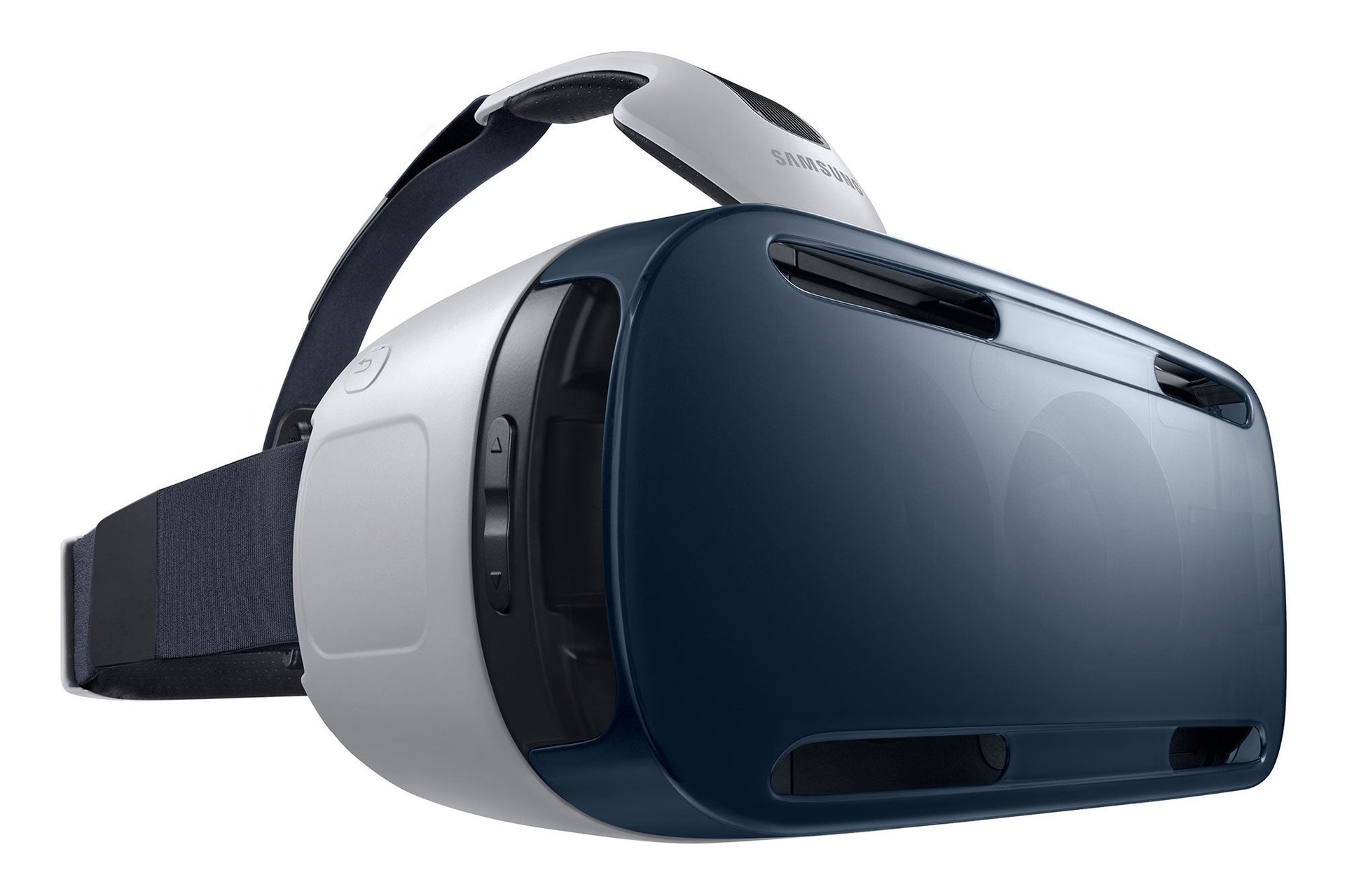
In December, Samsung began shipping its Gear VR headset, created in partnership with Oculus. The headset costs just $200 ($250 when bundled with a gamepad, which is required for some games), but it also only works with the Galaxy Note 4 smartphone (about $700 unsubsidized). Reviews—careful to note it’s the early days of virtual reality—have mostly been positive, but the fact that it only works with one smartphone model remains a major limitation.
Sony
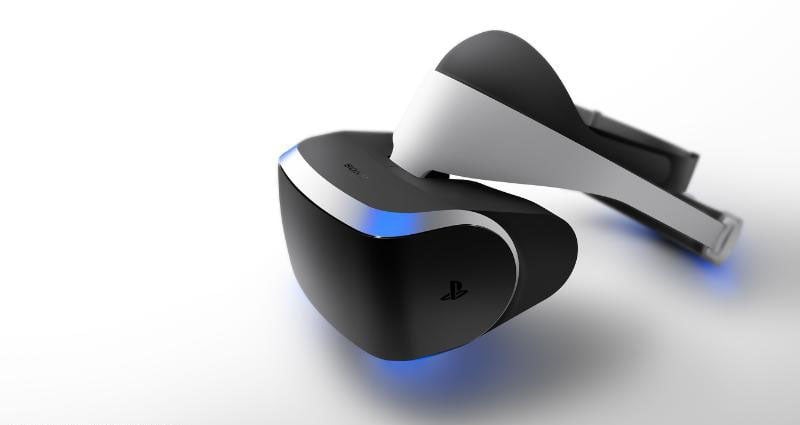
Given Sony’s stronghold in the gaming market, it’s not surprising that it is investing in virtual reality. Designed to be compatible with the PlayStation 4 and PlayStation Vita, Project Morpheus is still in prototype mode, and no details on pricing or availability have been announced yet.
Vuzix

Vuzix has been dabbling with virtual reality since the 1990s, showing off its first VR headset in 1994. It currently sells a pair of virtual-reality glasses for about $700 and five models of augmented-reality headsets—some designed for consumers, some for workers in the field—ranging in price from $1,200 to $5,600.
Epson
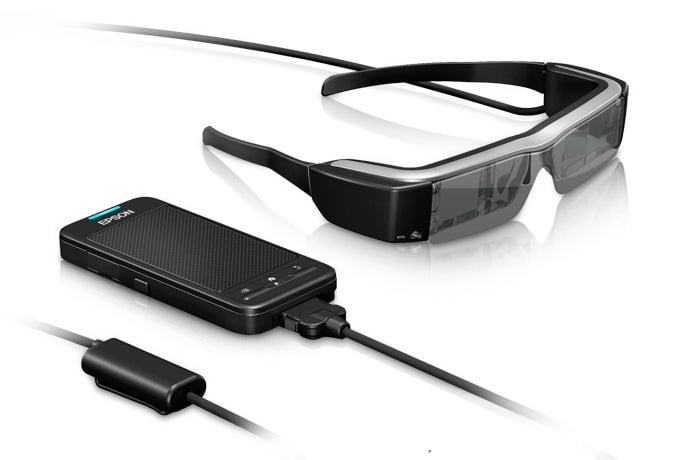
Epson (yes, the printer company) first released a pair of glasses with a small display embedded in each lens in 2012—the same year Google gave the world a glimpse of Glass. Its more recent effort, the Moverio BT-200 released last year, builds on the first generation, cramming in more sensors while reducing its size. The goggles won’t win wearers any style points, but many were excited about its $700 price tag (this was before Samsung launched the Gear VR).